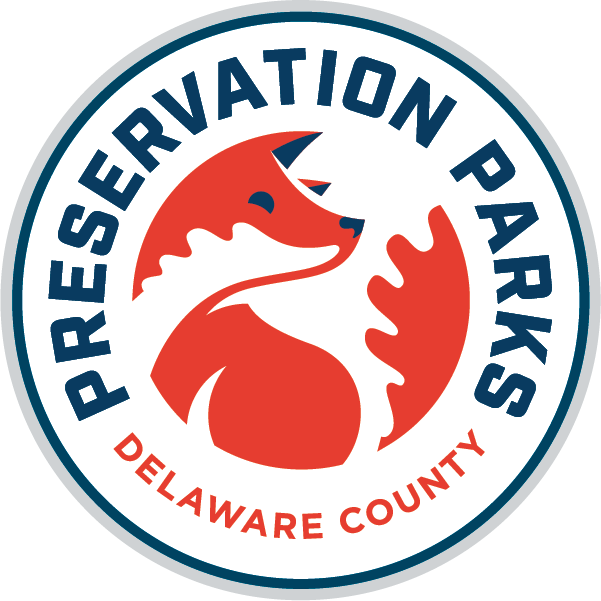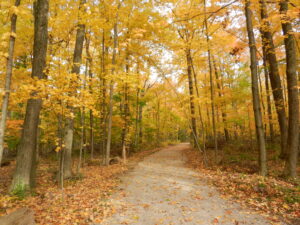By Liz Neroni, Naturalist
 Due to Covid19, I found myself puttering around the yard, planning. Envisioning what it could look like, what plants I would purchase, and what wildlife might make an appearance.
Due to Covid19, I found myself puttering around the yard, planning. Envisioning what it could look like, what plants I would purchase, and what wildlife might make an appearance.
Typically, this time of year, I would be so exhausted from being “on” for an entire shift, interacting with visitors, entertaining and educating children, maintaining exhibits and organizing in-person programs. I never realized how mentally exhausting it was. This summer, I have found myself reading. I manage to sneak in a couple pages before drifting to sleep. One book I have finished is called “Bringing Nature Home”, by Doug Tallamy. It lit a fire inside me, and my puttering became a full-blown mission. Now, I wasn’t just curious about my garden’s potential, I knew I had to make it a priority. I’m determined to scavenge any Ohio native plant I can and turn my yard into habitat. But why? This book taught me something important—it is completely up to us. Converting our landscapes into habitat is the only way biodiversity can survive. With the amount of development going on, the destruction, our yards provide the only hope for the future.
We can start by reducing the amount of grass we have. Grass sometimes has a purpose for sports, large gatherings, etc. However, does it make sense to have so much covering our yards? Researchers state that there is an estimated 40 million acres of turf in the United States. That is a lot of space taken up by something that provides no benefit to the environment. Not only does it not help anything, it creates pollution with the methods used to care for it. Fertilizers and herbicides get into our storm drains and then into our drinking water. Carbon emissions from mowers get into the air we breathe.
Planting a small native plant garden is the most eco-friendly/sustainable thing you can do. It is also very rewarding. Learning about the different plants and seeing how to transform your yard is surprisingly a lot of fun! The before/after photo junkies know what I mean!






